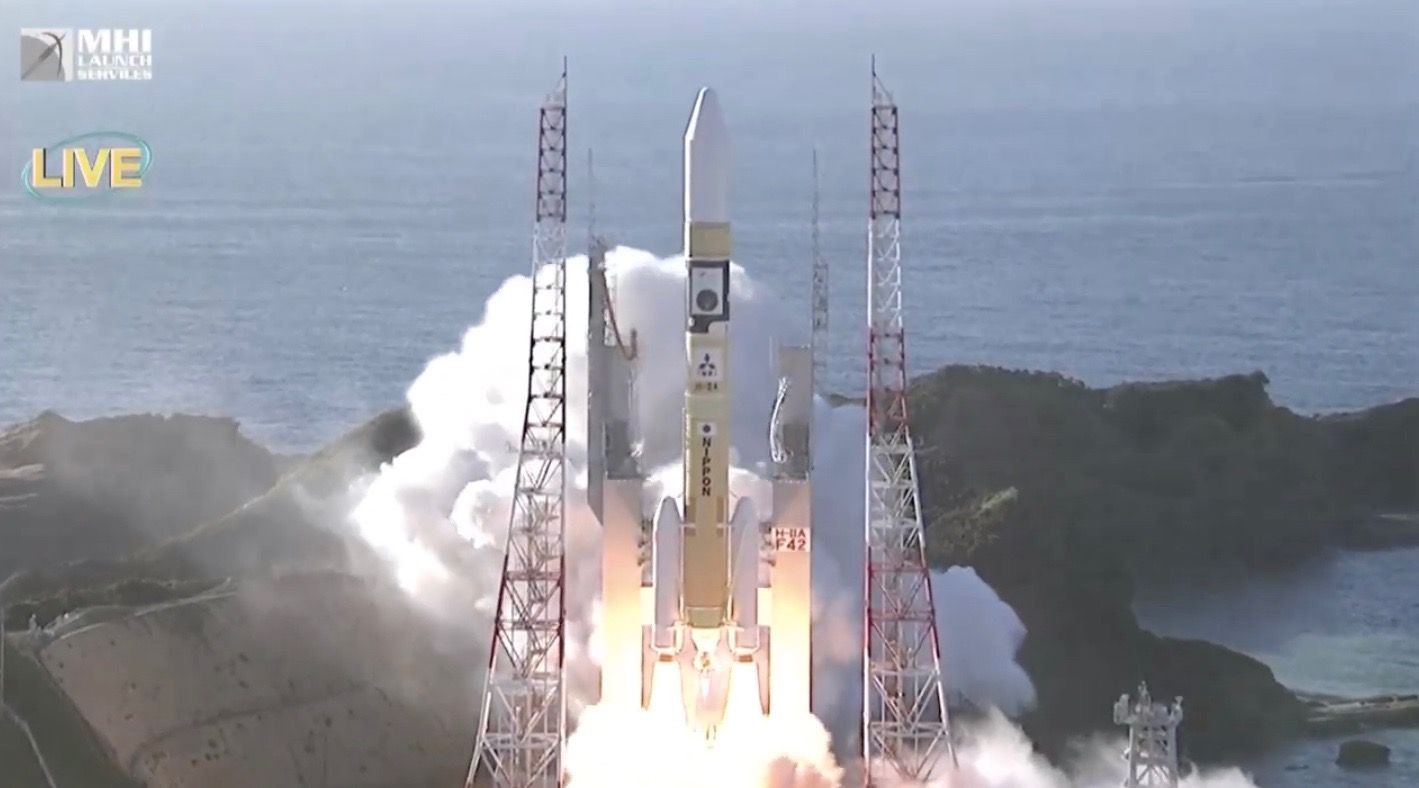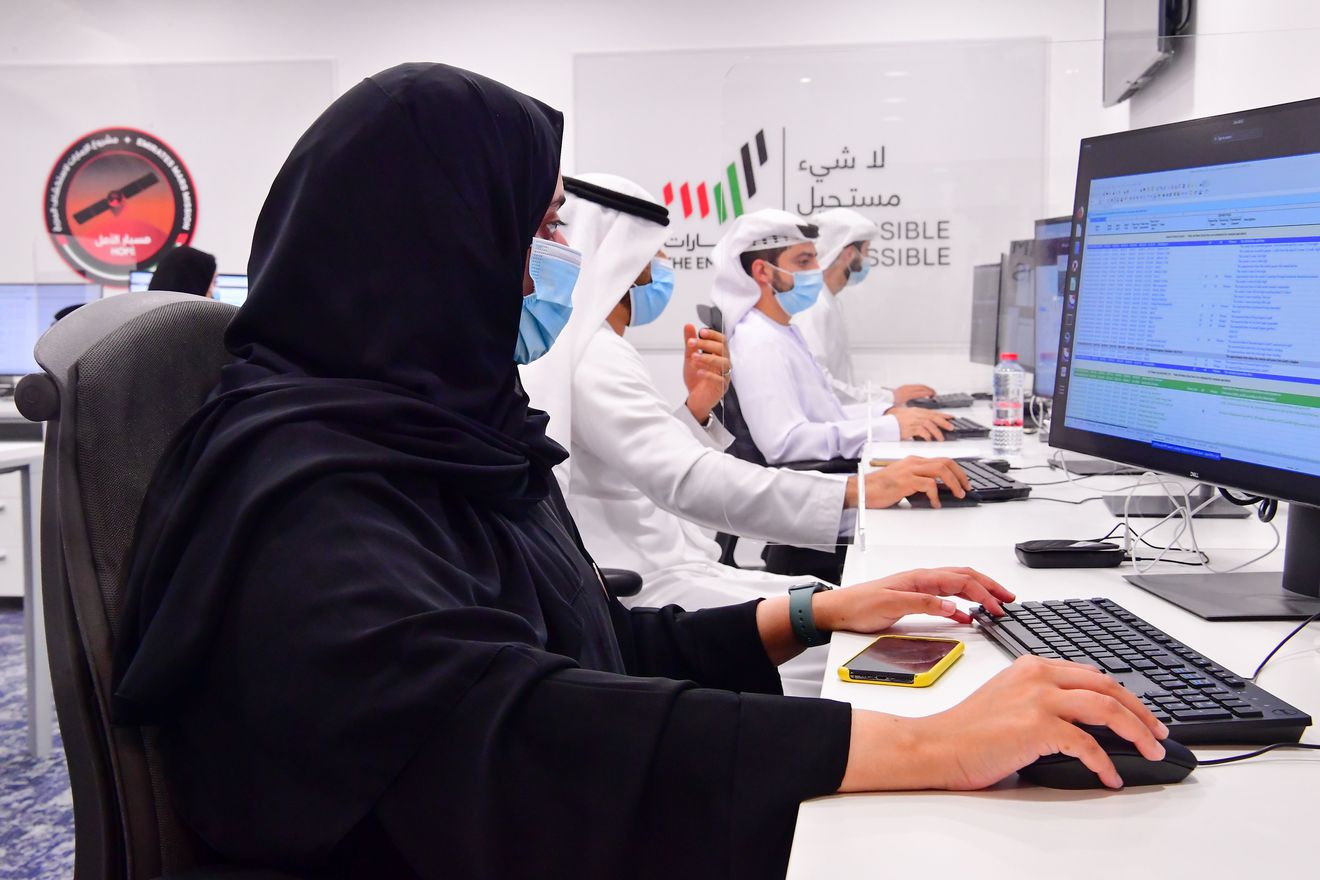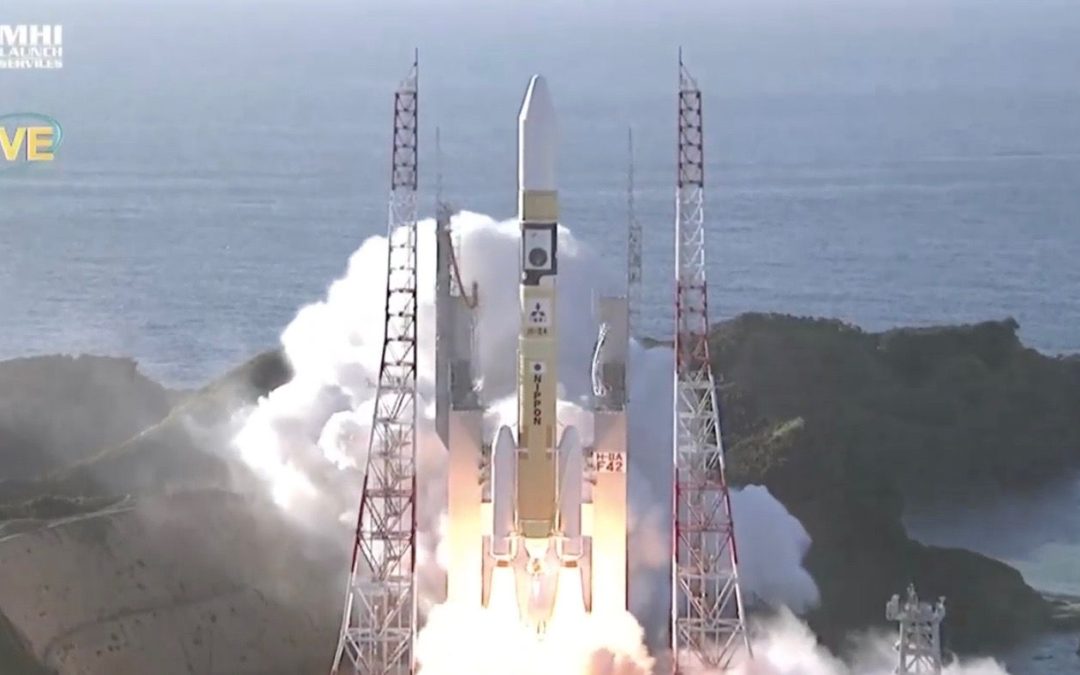
Lift-off occurred on July 19 at 6:58AM local time from Japan’s Tanegashima Space Center.
The probe (which is about the size of a car) will now spend the next seven months traveling through deep space, after which it will attempt to enter into an elongated orbit around Mars. When successful, it will analyze the atmosphere and climate throughout the course of each Martian day.
There were several Mars missions planned throughout 2020 by various nations, but for the United Arab Emirates, the timing of the launch was most critical. The UAE government first conceived this project in 2014 as an ambitious way to celebrate the nation’s 50th anniversary which takes place in December 2021.
With at least a seven month travel time, it was necessary for the launch to succeed during a small window of opportunity when Earth and Mars come closest together during orbits around the sun. These alignments only occur every 26 months, so it was imperative for launch to happen this summer in order for the mission to meet its 2021 deadline.

“Years of hard work and dedication have paid off in a big way,” Yousef Al Otaiba, the United Arab Emirates ambassador to the United States, said during a livestream following the launch. “Thanks to the mission team efforts, the UAE’s first spacecraft, which six years ago was just a concept, just an idea, is now flying into space well on its way to another planet. This is a huge accomplishment. But it’s just the beginning.”
With the current alignment of Earth and Mars, this launch should be the first of three missions to Mars within the next month.
Next up will likely be China, which is hoping to launch a Martian orbiter, a lander, and a rover around July 23rd.
After that is NASA, which is launching its Perseverance rover, designed to look for signs of past life and dig up samples that will potentially be returned to Earth in the next decade for study.





